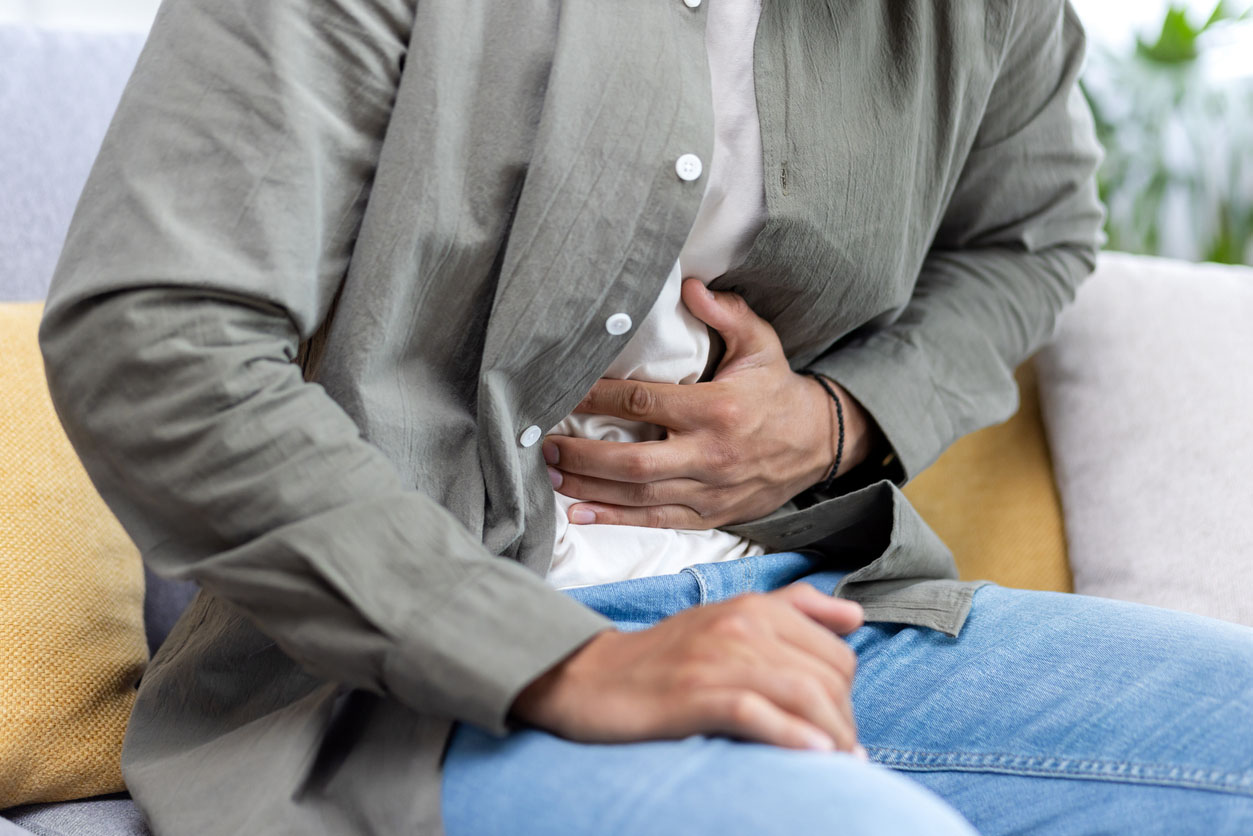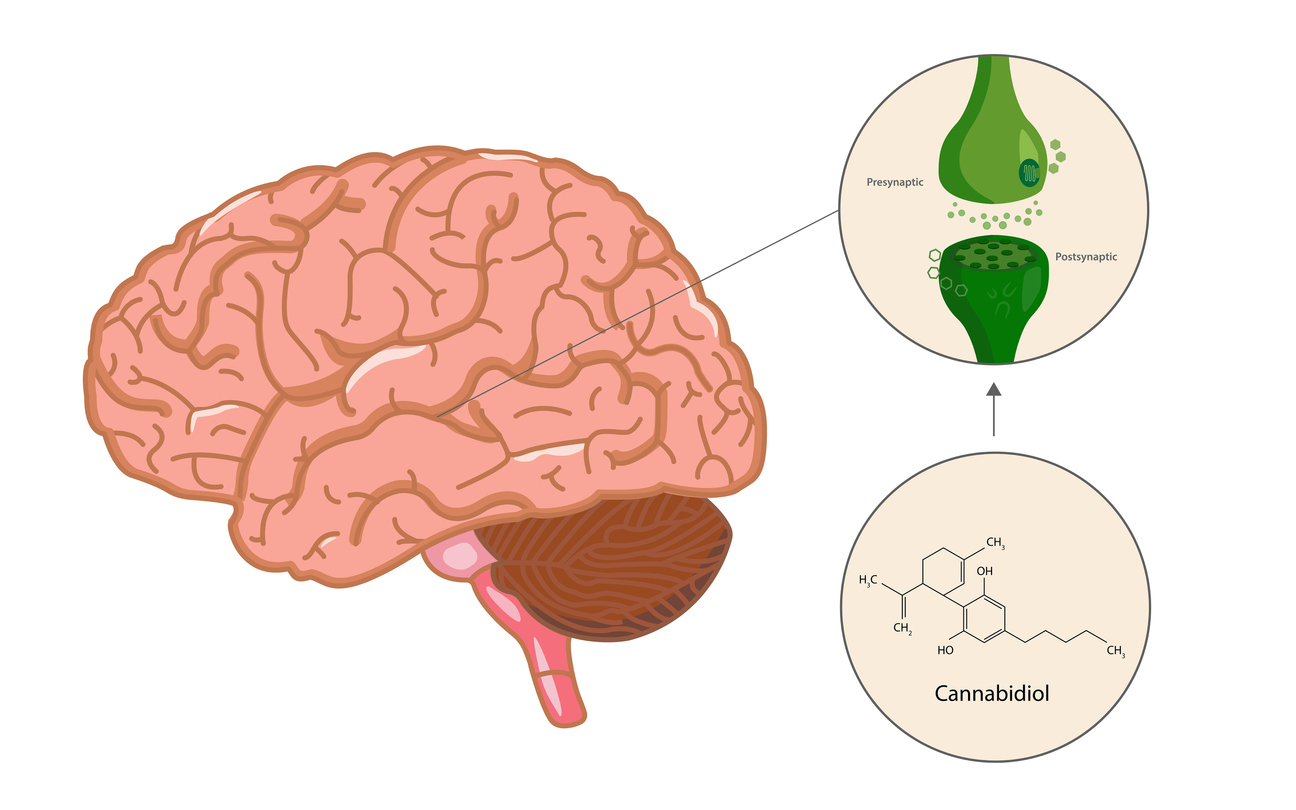Marjorie, 42, suddenly felt “spacey,” with tingling in her fingers, a crushing chest pain and a sense of imminent death. She cried out to her husband, “Will, I can’t breathe — I’m dying.” Seeing that in fact she was unable to take in a full breath, Will rushed her to the emergency room of a nearby hospital. It certainly looked like a heart attack, but after examining Marjorie and performing an electrocardiogram, the physician told Will, “Nothing is wrong. The electrocardiogram is normal. This is an anxiety attack.” Will and Marjorie couldn’t quite accept this. She hadn’t been feeling particularly anxious about anything, and the physiological symptoms had been overwhelming and terrifying. Yet, the doctor was trying to tell them that Marjorie’s nervous system was out of kilter. For some reason, she had experienced a sudden neurological meltdown.
The kind of panic attack that Marjorie experienced seems to be fairly epidemic. Anxiety disorder is a modern phenomenon, and it may be related to the tremendous jarring stress of modern life and perhaps to some of our common but powerful dietary stresses, such as excess sugar and excess caffeine, which are often combined, as in cola beverages. Sugar and caffeine can’t, by themselves, set off a panic attack, but what they may do is destabilize brain activity so that anxiety ultimately reaches meltdown proportions. I also suspect that the epidemic of panic attacks has a lot to do with our upbringing. Some people feel themselves under enormous pressures to achieve, and some parents load their children with heavy conditioning through punishments and negative incentives, overprogramming the control functions so that these people ultimately break down.
Marjorie’s case was typical of a panic attack in that she did not perceive her experience as panic or anxiety. No one goes to the doctor or the hospital and says, “I suddenly felt very scared.” People do feel scared, but they experience this as a result of the symptoms, not the cause. A typical panic attack often involves strong sensations of chest pain and pressure, or heart palpitations, which lead people to think they’re having a heart attack. Panic attack can take other forms: inability to concentrate, spaciness, a feeling of levitating, tingling in the hands, shortness of breath. A lot of patients come in and tell me, “Doctor, I can’t catch my breath; I just can’t take in a complete breath.” I have to ask myself, is there a respiratory disease, is it asthma? Often I do a pulmonary function test or use a peak flow meter and find out that the person is actually breathing normally. Other patients tell me, “Doctor, I can’t concentrate, I feel spacey all the time. Am I sick with something? Do I have mono?” They may complain of gastrointestinal symptoms, such as stomach pains, cramps or diarrhea. I look for viruses, parasites, food allergies or intolerances, candida infection or peptic ulcers. If someone has chest pains or palpitations, I, of course, do an electrocardiogram. But the tests often come up negative, without a clear cause in the affected organ, so I have to rule out these physical causes. This leaves a diagnosis of acute anxiety.
I really go the limit to find causes in the organs, because all too often doctors ascribe vague symptoms to anxiety, which often is the byproduct of a real physical problem. On the other hand, a lot of young to middle-aged people are walking around with powerful anxiety disorders that often translate to physical sensations. This may be a sign of the times, an indicator of the increased environmental and behavioral assault on our nervous systems. This is a distinct modern syndrome, which is real and pervasive. Even for those who haven’t experienced them, the prevalence of panic attacks should remind us not to take the health of the nervous system for granted.
People often resist or deny a diagnosis of panic attack. Some people cling to their physical symptoms, convinced that they are pointing to a heart problem or something similar. They have trouble believing that it’s actually the nervous system that is causing the symptoms. They may feel that there’s a stigma attached to the diagnosis of panic attack, as there often is to mental illness–that it’s somehow humiliating or implies cowardice, moral failure or weakness of character. They’re afraid I’m telling them that it’s all in their mind.
But it’s not really like mental illness or delusion — it’s as if your whole body is being jolted with electricity, with nervous impulses gone out of control in a kind of short circuit or feedback loop. It’s like an involuntary discharge of the autonomic nervous system–a strictly physiological response that is not subject to your mental control or caused by your thinking process. In fact, people sometimes say that they were feeling very calm before an attack, or not thinking about anything particularly stressful or emotionally jarring. Sometimes they protest that it can’t be “nerves” because they weren’t really under stress that day. But it doesn’t necessarily take a stressful incident to set off a panic attack. Rather, stress to the nervous system builds up gradually, over a long time, and finally reaches a limit and spills over in a sudden overload. A similar thing can happen in some people with heart problems–a nerve network in the heart muscle can suddenly start to generate amplified signals, in a kind of neurological feedback loop. This can go haywire and cause fibrillation: the heart stops beating rhythmically and just vibrates. Panic attack is a true physiological syndrome, which people should accept and take constructive steps to correct.
In fact, there are some indications that certain congenital conditions may predispose some people to having panic attacks. For example, some people have a fairly common congenital heart condition called mitral valve prolapse. This is a congenital anomaly in a heart valve that causes a heart murmur and sometimes causes palpitations that can trigger panic attack. These people’s nervous systems may simply be wired in a more “hair-trigger” fashion, predisposing them to a whole array of physiological syndromes, including panic attacks, weird chest sensations, palpitations, irritable bowel syndrome, migraines and others.
Treating panic syndrome
As panic syndrome has become more frequently diagnosed, the number of specialized hospital clinics and support groups devoted to the problem has grown. They publish informational brochures and propose conventional treatment protocols that include drug therapy and counseling. The first line of treatment may be the use of a tranquilizer just to reduce the immediate overactive nervous response so that more long-term therapy can begin. Antidepressants may be used if the physician believes that the anxiety may have its root in depression.
Unfortunately, some of the drugs used to treat anxiety have an addictive component and this is one of the risks of conventional treatment. If judiciously used, these medications can be very helpful, but all too frequently doctors have overprescribed them to the point of inducing dependency or true addiction. The most popular antianxiety drugs–Xanax, Valium, Klonopin and Ativan–all have addiction potential. It’s not uncommon for patients to start taking them, find that their anxiety symptoms are reduced, and try to taper off only to find that the anxiety comes back. And Prozac, an effective antidepressant, actually leads to a slightly stimulated or hyped-up condition, sometimes causing sleeplessness or anxiety. Then antianxiety drugs are often prescribed to “take the edge off,” setting up the patient for multiple-drug dependency. So in the long run, we really need to develop a nonpharmacological approach.
Since drug therapy is generally only a stopgap, we have to look at cognitive and behavior strategies and especially nutritional strategies. I do recommend some kind of behavioral practice, whether it’s yoga, tai chi, meditation or Dr. Herbert Benson’s “relaxation response.” In my own practice, I’ve found nutritional therapy an important aspect of treatment. This includes limiting the intake of sugar, alcohol, caffeine and sometimes drugs and also providing the necessary vitamins and nutrients that may be undersupplied in the diet.
To treat panic syndrome, I first get my patients to cut out coffee, tea and cola drinks and start a stress reduction program. I do a glucose tolerance test to check blood sugar levels and how they vary in response to eating. I sometimes measure blood levels of adrenaline. Sometimes there is a tremendous outpouring of adrenaline, precisely where blood sugar levels bottom out, and this is when patients have the symptoms of panic attack. It’s normal for the body to release stimulating hormones such as adrenaline when blood sugar is low–this prevents fainting and a dangerous drop in blood pressure.
Panic syndrome is especially common in people who have used cocaine or other stimulants. The jarring nature of the cocaine high seems to destabilize the nervous system and set the stage for neurological reverberations that continue even after withdrawal from the drug. But even milder stimulants can throw off the neurological balance in some individuals, especially with long-term use. The relationship is not one of simple cause and effect–you don’t have a cup of coffee and become enraged or go into panic. But these stimulants can put the nervous system into a constant keyed-up state of alert. You can feel fine and enjoy being alert and active, but over weeks or months of steady use you can suddenly reach a threshold where continued use or an outside stimulus can make it all spill over and shift you into having psychological or neurological symptoms. And you wouldn’t necessarily connect the symptoms with coffee because you’ve been drinking it for months or years.
Alan, one of my patients who taught in a university sociology department, told me he had gotten into a habit of drinking tea from a thermos throughout the long hours of his workday, which involved a long commute by car, teaching several classes, planning budgets, going to meetings and advising students on special projects. One fall semester, he found himself getting into frequent hysterical rages over next to nothing — at other drivers on the highway and his wife, students, and colleagues. Afterward, he’d be left shaking, hyped-up and easily set off again by another petty annoyance or frustration. He was very disturbed by this but thought it was due to his long hours and stresses at work.
At about the same time, he started having chronic stomach pains. Fearing an ulcer, he stopped drinking tea and cut out all caffeine from his diet. He was amazed to discover that his mood changed completely — no more rages, no more constant impatience, no more hysterical responses. After a month or two of cold turkey, he found he could permit himself two to three cups of coffee or tea a day without serious side effects. But everyone’s individual response is different. Some find that even a single cup a day winds them up too tight.
Nutrition therapy also can play an important role in treating panic disorder. Thiamine (vitamin B1) and magnesium are especially useful.
Vitamin B1 (thiamine)
Dr. Derrick Lonsdale, a colleague of mine, has advanced the theory that certain people with neurological symptoms may have unrecognized borderline vitamin B1 deficiencies. Lonsdale worked especially with children who had autonomic nervous system dysfunction–not specifically panic syndrome, but a syndrome of drastic swings between lethargy and hyperexcitability–and found that thiamine often helped stabilize them. Interestingly, it’s been shown that vitamin B1 is necessary for the metabolism of sugar. People who consume a lot of sugar and refined carbohydrates not only may deplete their vitamin B1 by using large amounts to metabolize sugar but at the same time may not be getting enough vitamin B1 because refined foods are notoriously low in this nutrient. In fact, the origin in Asia of the classic vitamin B1 deficiency disease, beriberi, was the polishing of rice–stripping the husk off brown rice to make it into white rice. It’s the husk that contains the vitamin. So if your diet contains a lot of white flour, sugar, and processed foods you may not get enough vitamin B1.
Magnesium is depleted by production of the hormonal neurotransmitters called catecholamines, which stimulate the body into the kind of heightened readiness for activity we call the fight-or-flight response. When there is a perceived stress or danger, the brain releases these hormones, which very quickly speed up the heart rate, increase the blood pressure, and put the body in a state of readiness for physical action. This may have been useful for our ancestors, who needed to fight off a saber-toothed tiger, but it’s not so helpful to have our heart rate soaring when someone cuts in front of us in high-speed traffic on the freeway. Cortisol, another stress hormone, also depletes magnesium. Some studies have shown that certain phobic disorders such as agoraphobia are associated with lower levels of magnesium and other kinds of nervous system instability may also be involved. One clear symptom of magnesium deficiency is hyperreflexia–a kind of heightened startle reflex marked by sensitivity to noise and exaggerated reflex responses. In fact, one of the symptoms of magnesium overdose is the suppression of normal reflexes. So the idea is to keep the body supplied with the ideal levels of magnesium–though deficiencies are the real concern. In our high-stress post-industrial environment, daily stresses and shocks may literally leach away the magnesium we need to maintain our neurological equilibrium.






